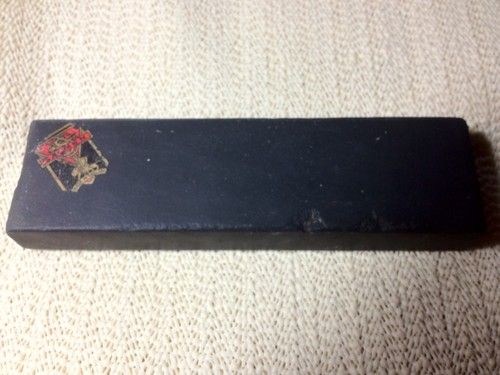Results 31 to 40 of 50
Thread: Salmen Yellow Lake vintage
Threaded View
-
08-18-2012, 05:06 AM #1Senior Member

- Join Date
- Jul 2011
- Location
- Ponca City, Oklahoma
- Posts
- 605
Thanked: 66 Salmen Yellow Lake vintage
Salmen Yellow Lake vintage
Just hit the button on this from the bay. The price was right soo I HAD to do it...

I do have a number of stones that "I say" are unlabeled German water stones, but who really knows. Perhaps after this arrives I can use it as a reference in my collection for identification of the unlabled stones. I hope anyway..
Off to google more info.. :


Last edited by sidmind; 08-18-2012 at 01:27 PM.


 13Likes
13Likes LinkBack URL
LinkBack URL About LinkBacks
About LinkBacks






 Reply With Quote
Reply With Quote